In Photos: Boneyard of Iron Age Warriors
Alken Enge Excavations

Why the bones sat out in the open for so many months remains a mystery. One possibility, Holst said, is that the war stretched on after the battle, and the closure ritual happened only after the war ended. Another possibility is that the ritual took months by design, or that it depended on an annual or seasonal cycle.
Part of a Pelvis
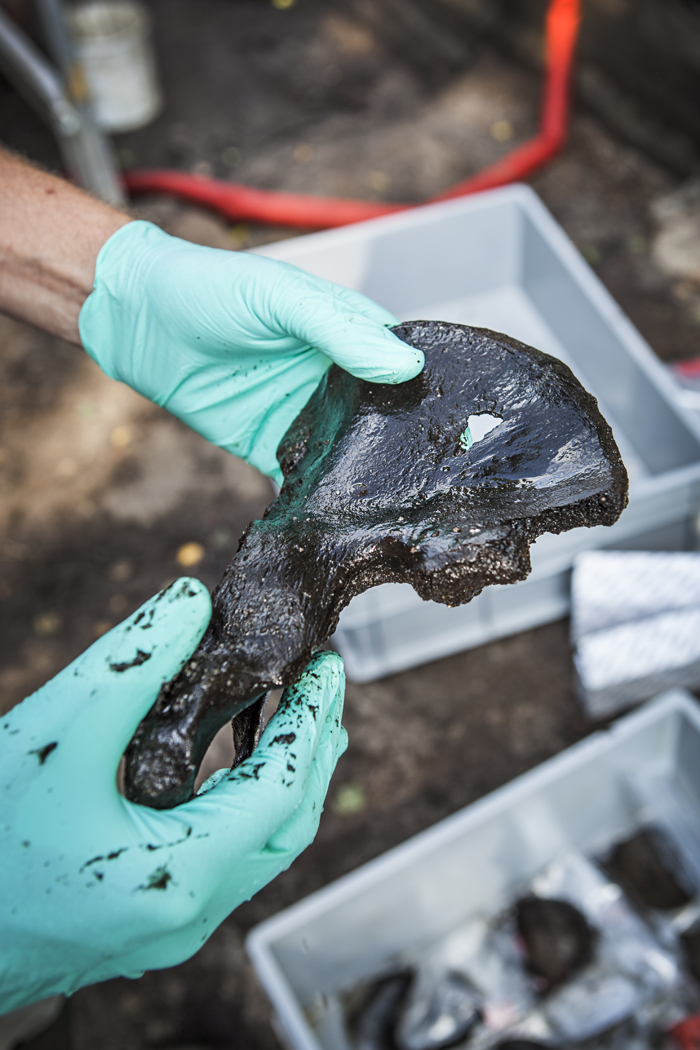
An archaeologist removes part of a pelvis from the Aklen Enge wetlands site. Archaeologists aren't sure who the losers and winners were in this ancient battle.
Sorting Bones
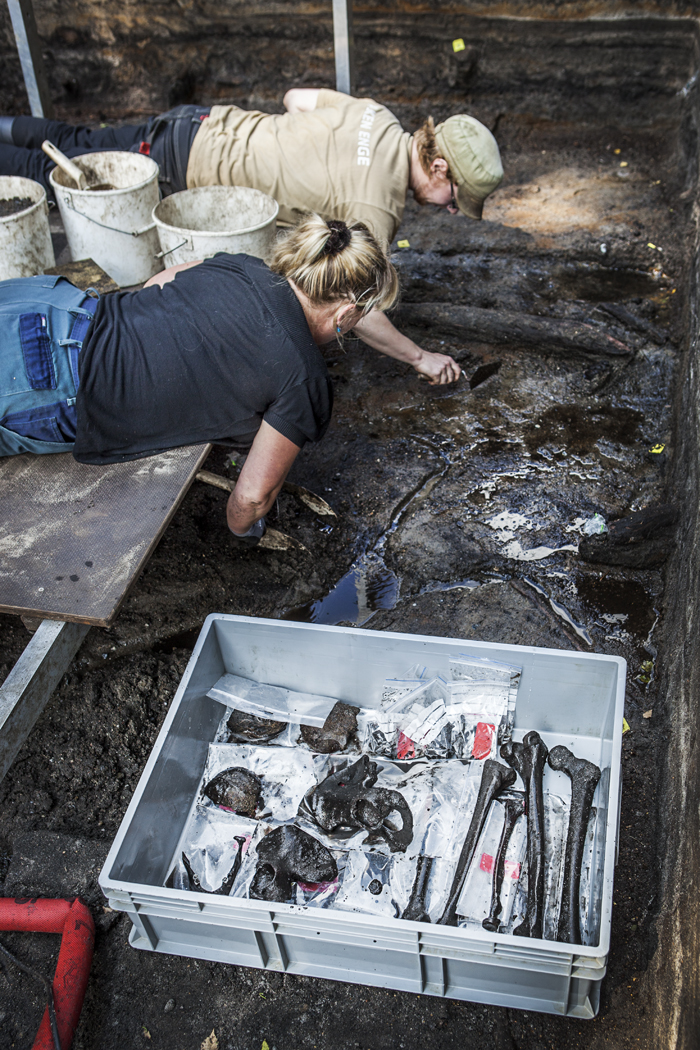
Ulla Ragna Berg Rasmussen and Anders Bonde Mørk, archaeology students from Aarhus University, remove bones from a trench at Alken Enge.
Alken Enge
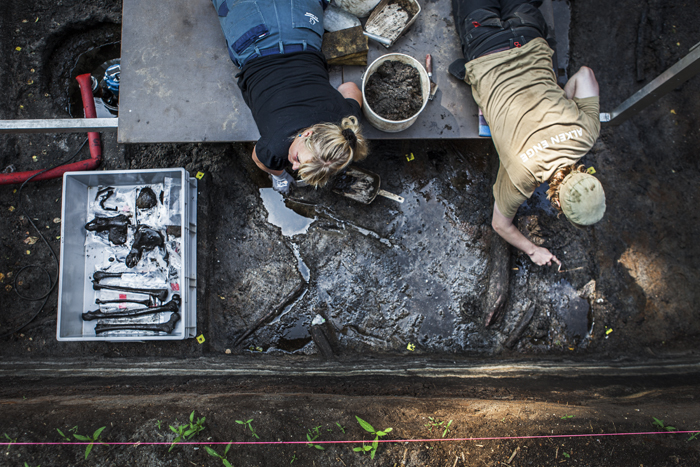
Archaeology students Ulla Ragna Berg Rasmussen and Anders Bonde Mørk excavate bones from Alken Enge. The site is in the midst of an important archaeological locations, the Illerup Ådal river valley, according to the Skanderborg Museum. During a canal relocation in 1956, construction workers discovered many human bones, including between 50 and 70 skulls piled together.
Long Bone
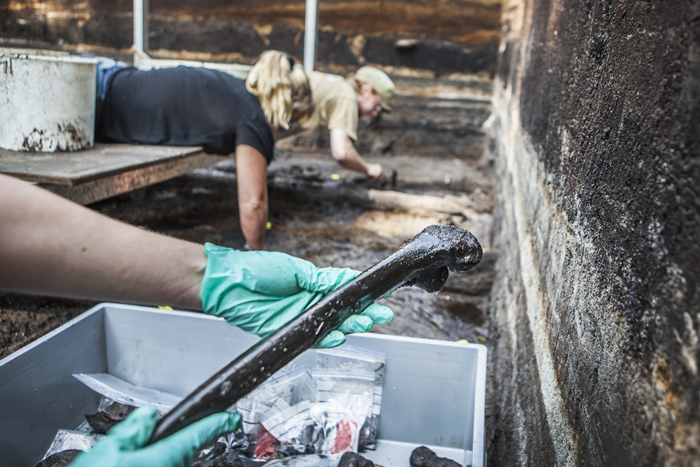
Bones are found in a sandy peat layer in the former lakebed. Most of the remains found are large bones of the body, according to Skanderborg Museum. Many shoulder blades, pelvises, skulls and skull fragments are found and only a few bones from the hands, feet and torso.
Arms and Legs
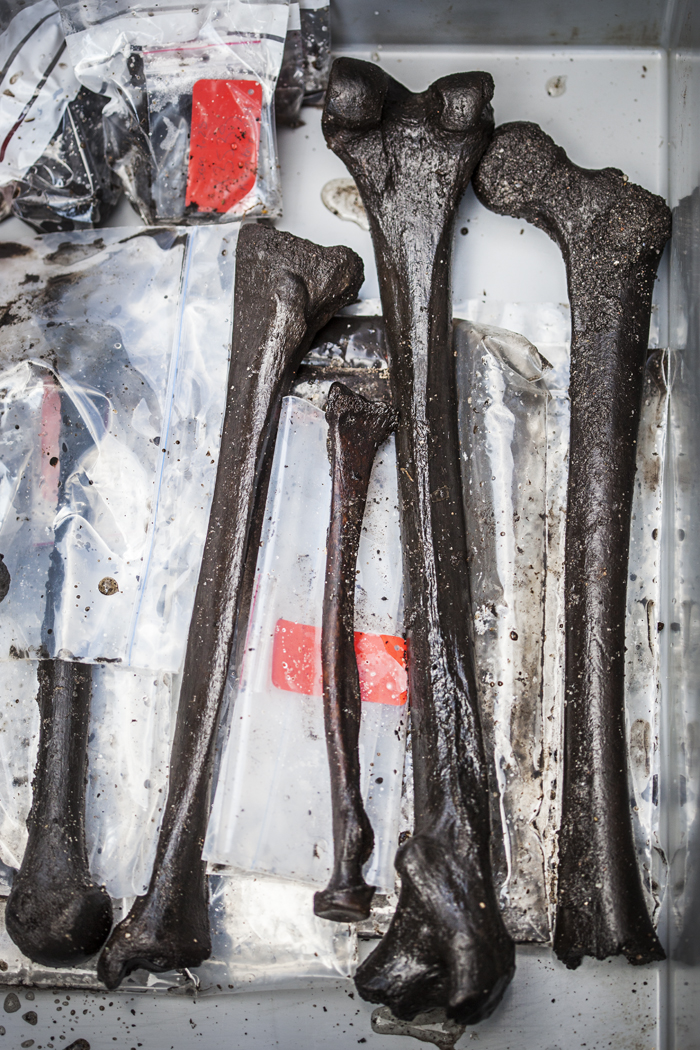
Modern excavations at the Alken Wetlands site began with small surveys in 2008 and 2009. These small trenches revealed human sacrums, femurs, arm bones and more. In the 2009 trench alone, 98 bones and bone fragments were found, according to Skanderborg Museum. Carbon-14 dating put the bones at about 2,000 years old.
Discussing a Discovery

Archaeologists at the Alken Enge site discuss a find during the 2014 field season. Nearly 1,400 bones had been found at the site as of 2012, with 425 bones found that year alone.
Get the world’s most fascinating discoveries delivered straight to your inbox.
Excavating a Trench

Archaeologists excavate a trench at Alken Enge. The Roman Empire's northward march may have indirectly prompted the battle that happened here. Pressure from the Romans disrupted Germanic tribes at the borders of the empire, setting them at war with one another.
Lonely Bone
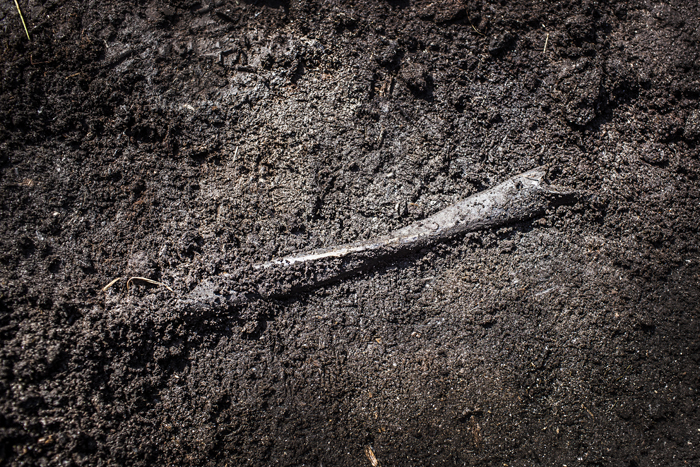
An isolated bone in the dirt at Alken Enge. The discoveries are well-preserved. To prepare the bones, conservators wash, soak and dry them, according to the Skanderborg Museum. Bones that might hold DNA, such as teeth, are refrigerated in case the DNA can be extracted and analyzed.
Breaking Ground
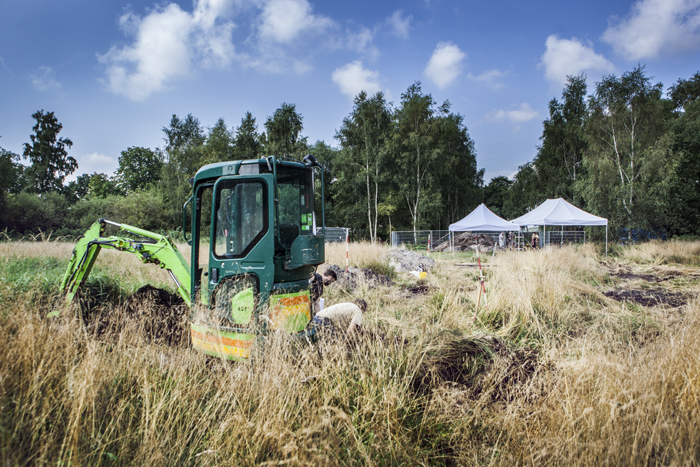
Using heavy machinery and hand tools, researchers break new ground at Alken Enge during the 2014 field season. Electrical pumps keep water out of the trenches in the wet, boggy environment.

Stephanie Pappas is a contributing writer for Live Science, covering topics ranging from geoscience to archaeology to the human brain and behavior. She was previously a senior writer for Live Science but is now a freelancer based in Denver, Colorado, and regularly contributes to Scientific American and The Monitor, the monthly magazine of the American Psychological Association. Stephanie received a bachelor's degree in psychology from the University of South Carolina and a graduate certificate in science communication from the University of California, Santa Cruz.


